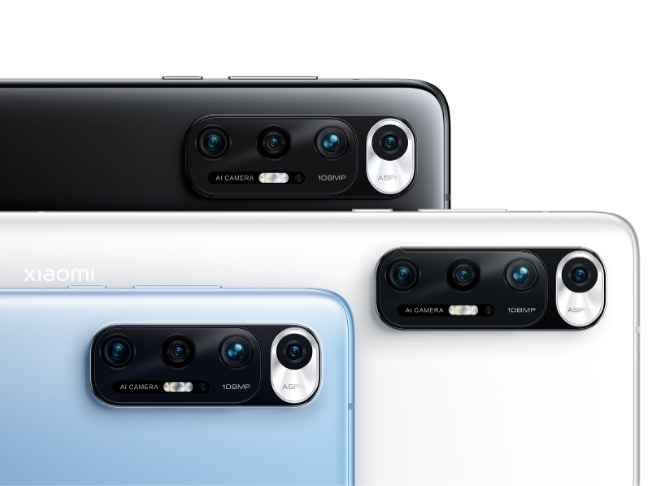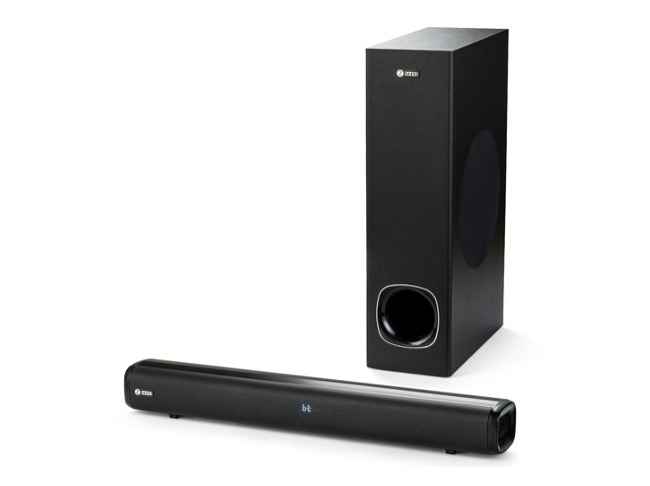The Redmi Note 10 Pro Max is one of the best value-for-money offerings you can get your hands on right now. Starting at Rs 18,999, it offers a premium design, powerful cameras, vibrant display and decent hardware under the hood to handle games and resource-intensive applications. The only real problem in its way is Xiaomi's very own Mi 10i.
Xiaomi launched the all-new Redmi Note 10 line-up earlier last week as the successor to the popular Note 9 series from 2020. Much like last one, this new series brings with itself three new phones -- Redmi Note 10, Note 10 Pro and the Note 10 Pro Max. Of the three, the Note 10 Pro Max is the most premium of the lot, as it comes with powerful specs, including a 108-megapixel primary lens and a fast 120Hz SuperAMOLED display.
This hardware also makes the Note 10 Pro Max the most power-packed Redmi Note series device to date. But does it have enough to also become the most successful Note series device to date? Well, read our full review to find out.
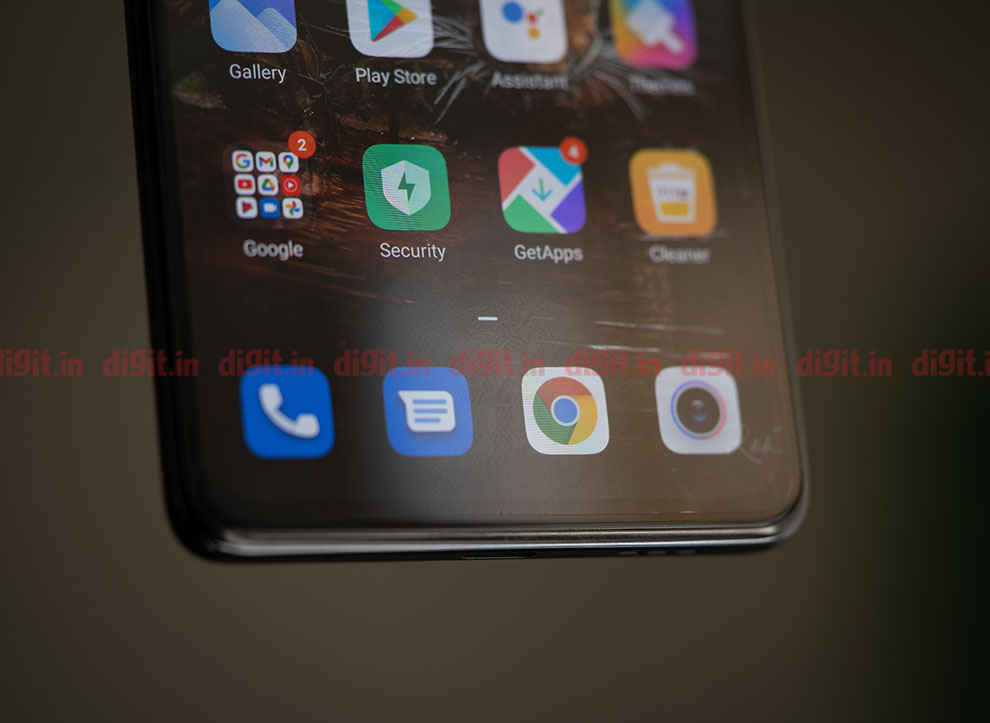
With the Note 10 Pro Max, Xiaomi has moved away from the Aura design philosophy which it had introduced a few years ago. Instead, the new line-up is based on the EVOL design language. The biggest benefit of this switch is that it helps make Xiaomi Note 10 Pro Max significantly slimmer and sleeker than the Note 9 Pro Max. Additionally, the phone is also slightly lighter at 192 grams. And this despite the fact that Xiaomi has used glass, both at the front and the back of the device.
However, the use of glass makes the Note 10 Pro Max look premium beyond its price point, which is definitely a big tick in its favour. The phone's been launched in three colours, Vintage Bronze, Dark Night and Glacial Blue. Of the three, Xiaomi sent us the first two for review, and in our opinion, both look equally good. Although, the Dark Night is definitely the soberer of the two colour variants. But it also comes at a cost. Compared to the Vintage Bronze, the Dark Night has a glossy finish to it. This variant's back panel is also reflective in nature and also picks up smudges easily.
But what's common to both is that the back panel features a dual-step camera set-up which houses the phone's four camera lenses. The enclosure is also slightly protruding which makes the phone a little wobbly when kept on a flat surface. However, it's definitely nothing to be too concerned about.
The Note 10 Pro Max uses a metallic frame to hold together the glass on the front and the back of the device. It also houses the fingerprint scanner, the volume rocker and cutouts for the SIM card tray as well as the 3.5mm jack, the dual speakers and the USB Type-C port for charging the device. There's also an IR blaster placed at the top of the frame to help users directly control TVs, set-top-boxes and more with the device.
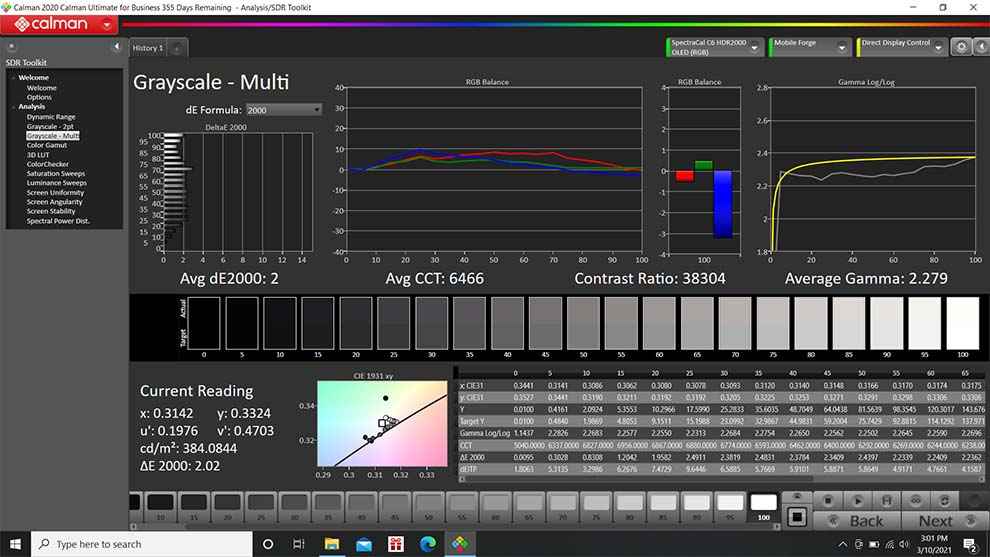 Redmi Note 10 Pro Max display going through Greyscale analysis in Calman
Redmi Note 10 Pro Max display going through Greyscale analysis in Calman
At the front of the device is the display which is one of the biggest talking points of the phone. This display is claimed to reach up to 1200nits of brightness, but when we tested the panel using our set of display tests, we got a display peak brightness of close to 600nits for HDR and 395nits for SDR content. At the lower-end, the brightness dropped to 0.01nits for black luminance. The display also managed to reach an accuracy of 68.53 on the DCI-P3 colour scale and 46.322 on the higher, BT.2020 colour scale.
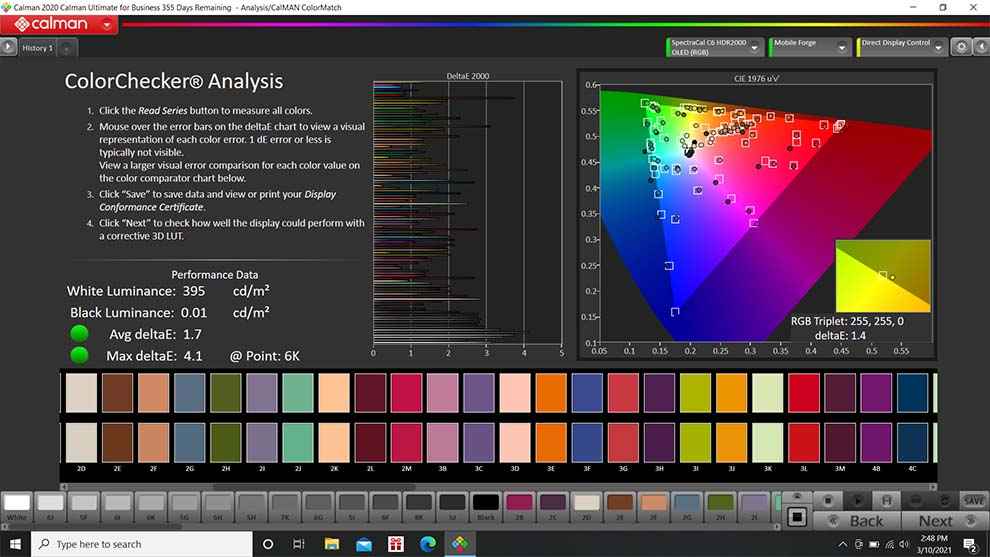 Using Calman Ultimate, we conclude that the Redmi Note 10 Pro Max has one of the best AMOLED displays.
Using Calman Ultimate, we conclude that the Redmi Note 10 Pro Max has one of the best AMOLED displays.
With the standard colour profile activated, the phone's display also managed to hit accurate colours and good RGB balance and threw up very little in the way of error in colour accuracy. However, we did notice slightly lower accuracy when the phone's colour profile was changed and the display tested for HDR content. Overall, this ensured the phone was great while watching videos and playing games. This was especially true for streaming movies on platforms such as Netflix.
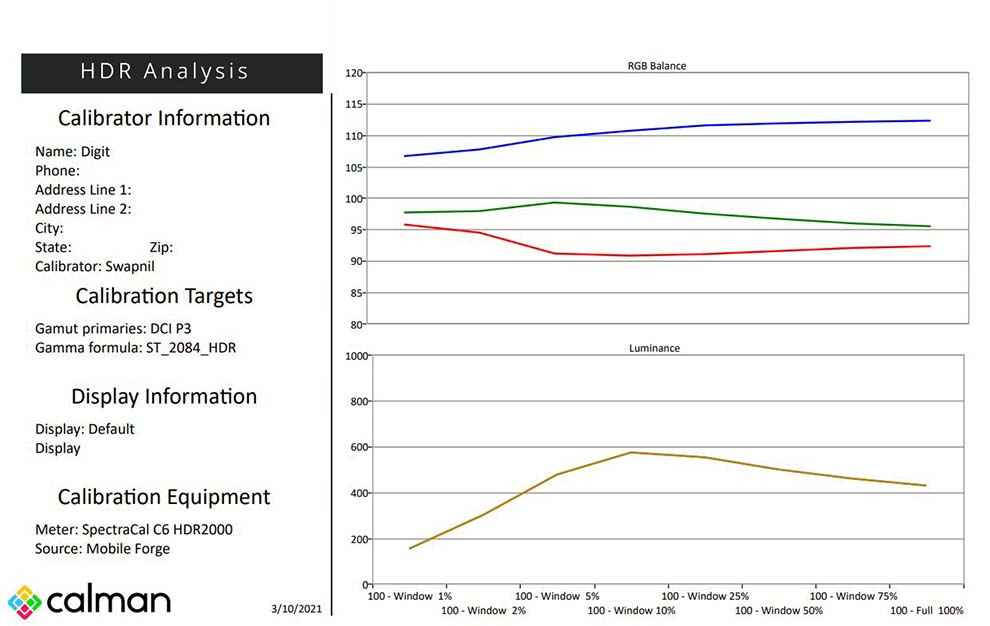
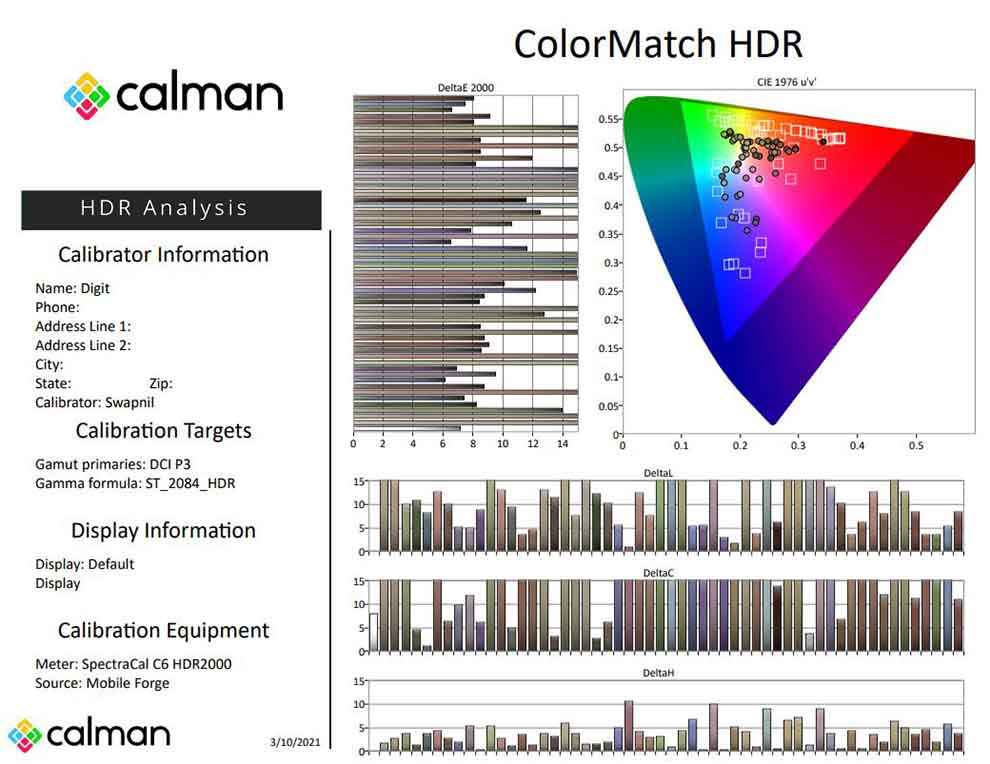
As for the specs, the phone's display is 6.67-inch in size and can process up to FullHD+ resolutions. The panel is also rated to achieve a fast 120Hz refresh rate, but it does not do so intelligently and as such can either be set to work at 60Hz or 120Hz. Protecting the display is a sheet of Corning Gorilla Glass 5. Overall, these elements come together to create a rather well-designed device that not only looks great but also feels good in the hand.
Redmi Note 10 Pro Max: PerformanceUnderneath the hood, the Redmi Note 10 Pro Max is powered by the Qualcomm Snapdragon 732G processor which does not support 5G. This chipset offers an octa-core configuration CPU and Adreno 618 GPU. Xiaomi has paired this with up to 8GB LPDDR4X RAM and up to 128GB UFS 2.2 storage to choose from. The unit sent to us for review offered 6GB of RAM and 128GB of storage.
As always, we tested the device using a number of synthetic benchmarks. And honestly, the results we found weren't the best. This is because the phone scored lower than the Dimensity 800U-powered Narzo 30 Pro and the Exynos 9825-powered Samsung F62. On Antutu 8, the Redmi Note 10 Max Pro hit a score of 238136, while on Geekbench it scored 560 and 1761 points in the single-core and multi-core tests respectively.
However, the Adreno 618 GPU did offer better benchmark results compared to the two competing phones. During our Gamebench test, we achieved a median FPS of 58 frames for Call of Duty Mobile at stability of 98 percent. Asphalt 9 ran at a median FPS of 30 frames but at higher stability of 99. These were better compared to the Gamebench results of the other two phones. On GFXBench (Aztec Ruins, high tier) it clocked 683.9 points, while on 3D Mark Life the phone scored 1109 points.
Outside of the realm of synthetic benchmarks and tests, we can confirm the general performance of the device appears to be satisfactory and the device is good at handling heavy-duty games including Call of Duty: Mobile and Asphalt 9 Legends. The fast display also helps improve the gaming experience on the phone, and generally ends up making the phone feel fast, and responsive.
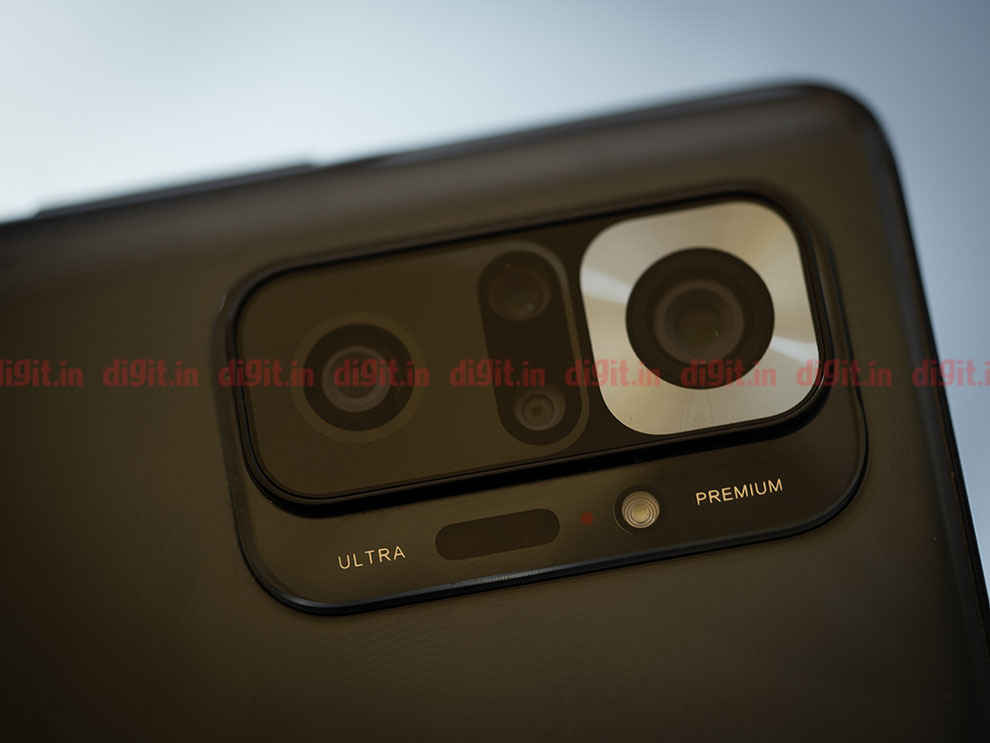
Xiaomi has also retained some features that were popular with the Redmi Note 9 Pro Max. As such, the Note 10 Pro Max also gets a 3.5mm audio jack, IR sensor and stereo speakers. It also offers a similar-sized battery as last year, with the new device getting a big 5,020mAh battery with support for 33W fast charging out-of-the-box.
In our video loop test, the phone gave us over 16 hours of use at full brightness. The Redmi Note 10 Pro Max also did not encounter massive battery drain while playing games. The only real factor that brought down the battery life of the device was when we switched the display to run in 120Hz mode. With this feature on, the phone gave about a day's use on a single charge. Otherwise, running at 60Hz, the phone should be able to run more than a day on a single charge.
Redmi Note 10 Pro Max: CamerasAs for the cameras, the Note 10 Pro Max also gets some major upgrades, with the device's getting a 108MP-lens-based camera set-up. This set-up not only affords the phone a lot of versatility because of the presence of a dedicated 8MP ultra-wide lens and a 5MP Super Macro lens, but also a 2MP depth sensor for helping improve the quality of portrait shots clicked by the device.
The hero of the show is definitely the primary lens, which we found good for clicking pictures. The performance of the camera is generally good. In well-lit situations, the primary lens captures a good amount of detail. Colour reproduction is good, but in low light scenarios, the phone has the tendency to oversaturate colours a little. But overall, night mode 2.0 does a really good job in situations where there is very little light to work with. As always, the phone MIUI 12-based camera app works without any hitches and also offers support for a number of modes including Panorama, VLOG and Clone mode.

The phone's camera is fast to focus and also lock on to subjects at a tap. The shutter speed is also good and these elements come together with the high megapixel count to produce well-detailed pictures. The primary lens especially clicks well-detailed shots in both well-lit and low-light situations. As we mentioned above, for the latter, pictures do tend to come out a bit oversaturated, which takes a little away in terms of colour accuracy, but overall, the low light performance appears to be good for a phone in the price range.

The ultra-wide lens works fine. There's no noticeable fish-eye effect. However, the quality of the images is lower than that of the primary lens. The low light performance of this lens is nothing special. But, it still holds its ground when compared to the competition in the market.
The 5MP Super Macro lens also proves to be a nice addition for those who like Macro photography. While it may not be a replacement for a DSLR with a dedicated lens, the Super Macro with its decent megapixel count still proves to be a good enough addition for a point and shoot camera set-up. However, the lens only does well in daylight situations, with low-light scenarios exposing the flaws of the lens.

And last, but not least, there's also a depth-sensing camera on the device. This 2MP lens is present on the phone to provide extra data for portrait shots. These come out with good bokeh effect. Edge separation and blur effect is good, but in challenging situations, there are flaws that can be seen. However, the overall performance of the Portrait Mode is good as the phone can also click good portraits in low light scenarios.
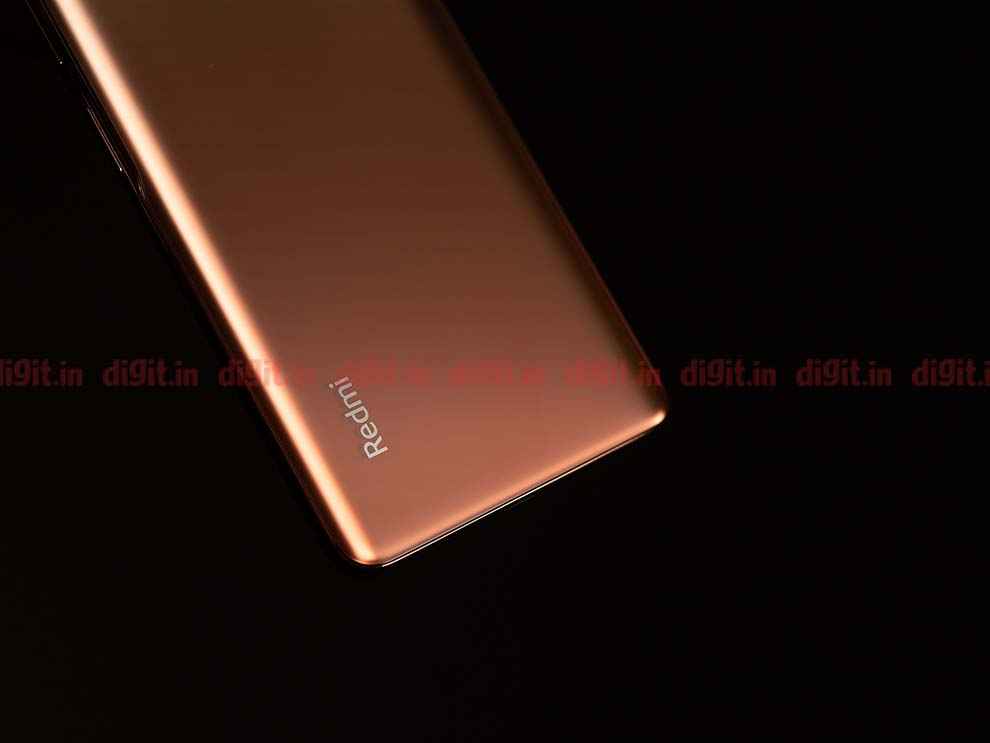
The Redmi Note 10 Pro Max is one of the best value for money offerings you buy right now. Starting at Rs 18,999, it offers a premium design, powerful cameras, vibrant display and decent hardware under the hood to handle games and resource-intensive applications. It may not shine much when put to test against synthetic benchmarks, but that's pretty much its only drawback.
While there's a lot of competition in the market for the Redmi Note 10 Pro Max from the likes of Realme Narzo 30 Pro and the Samsung F62, the biggest competition to the Redmi device comes from a phone that's a little closer to home -- Mi Note 10i. The Mi branded phone starts at a slightly higher price point, but offers in return the same 108MP ISOCELL HM2 sensor and an even better processor than the one found on the Note 10 Pro Max. It also loses out to the new Redmi phone in the display department.
While you can't really go wrong if you're picking either of the two, yet, if you're pressed for choice, we'd suggest the Redmi Note 10 Pro Max. It looks better, has a better display and can be had for a few thousand rupees less.
from Latest Technology News https://ift.tt/3chV1WM

